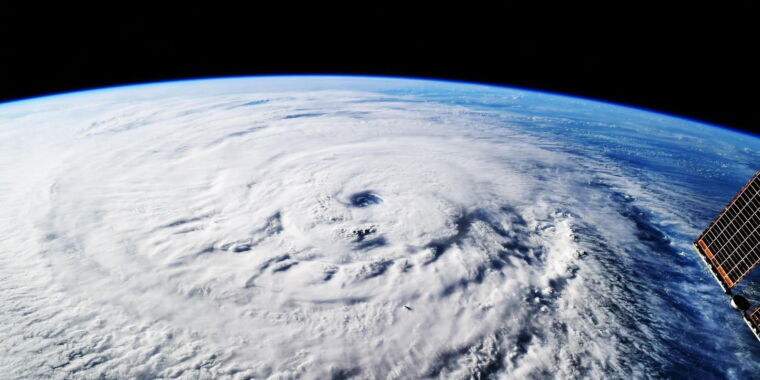100,000 microplastics per square meter
For those who are wondering, “microplastics, defined as bits smaller than 5 millimeters, or about the width of a pencil eraser.”
This is the best summary I could come up with:
Larry was literally a perfect storm: Because it hadn’t touched land before reaching the island, anything it dropped would have been scavenged from the water or air, as opposed to, say, a highly populated city, where you’d expect to find lots of microplastics.
At its peak, Larry was depositing over 100,000 microplastics per square meter of land per day, the researchers found in a recent paper published in the journal Communications Earth and Environment.
Add hurricanes, then, to the growing list of ways that tiny plastic particles are not only infiltrating every corner of the environment, but readily moving between land, sea, and air.
The predominant thinking used to be that microplastics would flush into the ocean and stay there: Washing synthetic clothing like polyester, for instance, releases millions of microfibers per load of laundry, which then flow out to sea in wastewater.
Indeed, previous research has estimated that somewhere between 12 and 21 million metric tons of microplastic swirl in just the top 200 meters of the Atlantic, and that was a significant underestimate because it didn’t count microfibers.
That’s true both in the oceans and in the sky: In remote stretches of the American West, microplastic-sampling instruments similar to the one in Newfoundland have been gathering huge numbers of particles falling as plastic rain.
The original article contains 1,060 words, the summary contains 216 words. Saved 80%. I’m a bot and I’m open source!



